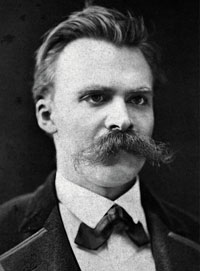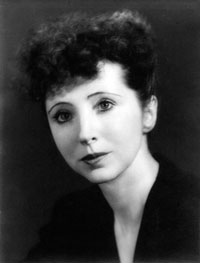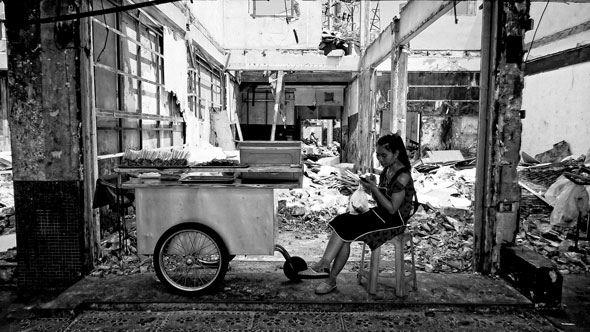A thought fun pondering is how the old philosophers, thinkers and artists would have dealt with the onslaught of the digital revolution. How people whose only means of expression was the pen and brush would have made use of new communication technologies. Imagine Salvador Dali with a digital camera and image manipulation — right, he’d despise it, because it’s all there in the human mind he’d say. Or Andy Warhol, in a way he invented Photoshop before it even existed. Or famed philosopher Friedrich Nietzsche, well he got himself a Malling-Hansen Writing Ball, the revolutionary, first commercially sold typewriter ever. Would there have been digital technology, Nietzsche sure would have made use of it. His vision was failing, with the writing machine he could type away. And guess what, something very subtle happened. His writing style changed.

In his brilliant piece Gleanings: Friedrich Nietzsche, His Typrewriter, Cameras and the Creative Process, Duong outlines what was valid back then and still is today: the tools we use shape us, influence us, determine us.
1. The Right Tool
My Nokia Lumia, the Nikon Dƒ, or be it a Leica, Olympus, Canon M mirrorless or whatever “tool,” each camera makes me a different photographer. The relationship between camera and photographer is undeniable and essential. Same happened to Nietzsche, one of the freest spirits ever, after he got his typewriter:
One of Nietzsche’s friends, a composer, noticed that change. His stiff prose became even more so. He himself admits that, ”Thoughts in music and language often depend on the quality and paper.” Nietzsche agreed and replied, “Our writing equipment takes part in the forming of our thoughts.” A German scholar noted that the philosopher’s prose “changed from arguments to aphorisms, from thoughts to puns, from rhetoric to telegram style.”


Because cameras — and lenses and their focal lengths for that — affect us. The ideal camera would certainly be the one that enhances the creative process, but there are limits and one can blame only so much on the technology used. Which brings us to part two of the basics of the creative process: emotional excess. And whom else to quote than grande femme fatale Anaïs Nin, an author-philosopher of life.

2. Emotional Excess
Emotional excess is essential to creativity because a nice and easy life leads nowhere. A nice and easy life produces nice and easy art. Profound creativity, however, is rooted in emotions. Anaïs Nin herself had an ambiguous relationship to cameras and photography. “The camera can be a lover, or a hater, or a sadist, or a defamer… It lies,” she wrote in her Diaries.
For Anaïs Nin, emotional excess is essential to the creative process:
Older people fall into rigid patterns. Curiosity, risk, exploration are forgotten by them (…) You must not fear, hold back, count or be a miser with your thoughts and feelings. It is also true that creation comes from an overflow, so you have to learn to intake, to imbibe, to nourish yourself and not be afraid of fullness. The fullness is like a tidal wave which then carries you, sweeps you into experience and into writing. Permit yourself to flow and overflow, allow for the rise in temperature, all the expansions and intensifications. Something is always born of excess: great art was born of great terrors, great loneliness, great inhibitions, instabilities, and it always balances them.
Each and everyone of us has a lot to give, and the more we give the more riches we will probably find.
But as long as we stick to certitudes, as long as we believe in specs and suppress emotions, what mysteries are there to discover?!


